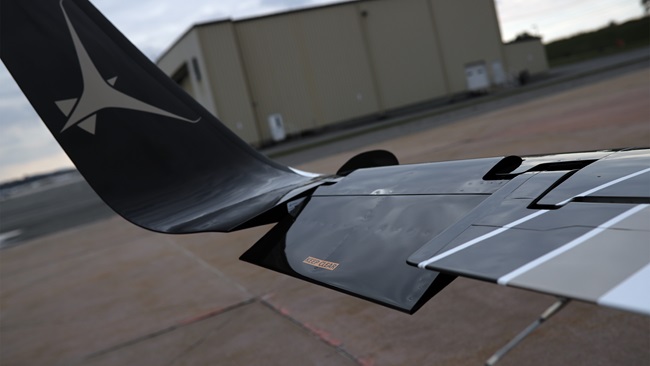BRS eyes air taxis of the future
BRS Aerospace has joined the conga line of general aviation manufacturers seeking to supply equipment to meet Uber's demand for electric air taxis able to whisk passengers between city rooftops.
The Minnesota company that makes airframe parachute systems for GA aircraft had tallied 380 lives saved by the time it issued a May 15 press release announcing development of a parachute system for future electric vertical takeoff and landing (eVTOL) aircraft. BRS Aerospace was also among the presenters at the recent Uber Elevate conference in Los Angeles, where Brazilian aircraft maker Embraer unveiled a concept design for its own eVTOL offering of the future, joining a growing list of aircraft makers large and small eyeing the potential of a vast new market with obvious enthusiasm.
“Autonomous flight over highly populated urban environments is a challenge that will require a lot of work," said BRS Aerospace President and Director Enrique Dillon, in a news release. "Safety both in the air and on the ground is not an option anymore, and we are not there yet. But I have no doubt that urban air mobility not too far from today will become a reality."
Many small drones have been equipped with scaled-down parachute systems that are designed to deploy automatically if the drone begins falling faster than a preset rate, so this could prove another example of technology crossover between traditional and unmanned aviation, which has been happening a lot lately—in both directions.




